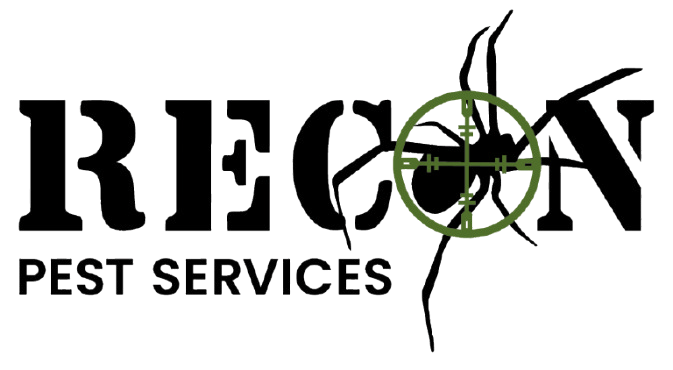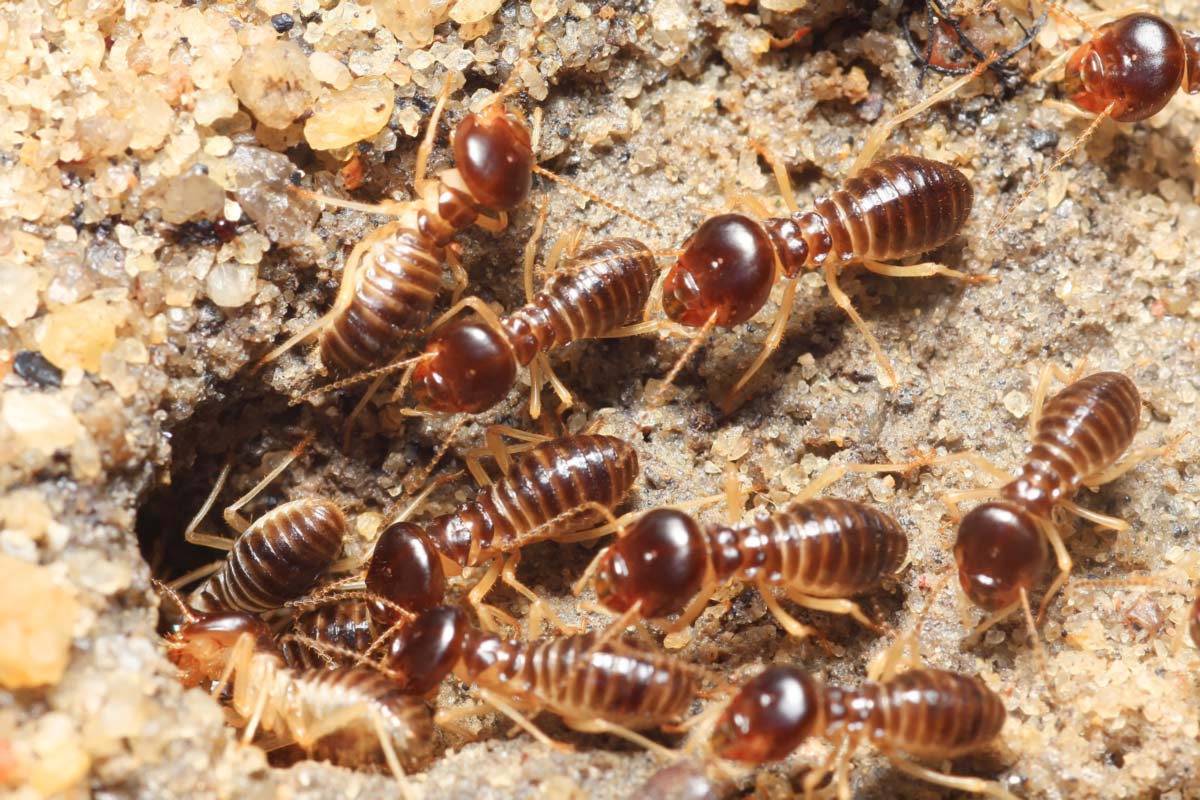Table of Contents
- Termite eggs: the beginning of an infestation
- Termite nymphs: growth and development
- Termite workers: the backbone of the colony
- Termite soldiers: defenders of the colony
- Termite alates: the reproductive stage
- The stages of a termite infestation
- Preventing and treating termite infestations
- Conclusion: understanding termite stages for effective pest control
Termites are tiny critters that can cause massive damage if left unchecked. Understanding their stages of development is crucial for effective pest control. From the moment a termite egg is laid, a destructive infestation can begin. In this article, we will explore the various stages of termite development, from eggs to a full-blown infestation. By gaining insight into these stages, you will be better equipped to prevent and treat termite problems in your home and garden.
The termite stages of development
To comprehend the stages of termite development, it is important to first understand their life cycle. Termites have a caste system within their colonies, consisting of workers, soldiers, and reproductives. The reproductives are responsible for perpetuating the colony, while the workers and soldiers handle various tasks to ensure its survival. Each caste has its own unique role and appearance.
Termite eggs: the beginning of an infestation
The termite life cycle starts with the laying of eggs. A mature termite queen can lay thousands of eggs in her lifetime. These eggs are small, almost translucent, and typically found in specially constructed chambers within the colony. Once the eggs hatch, the nymphs emerge.
Nymphs are pale, soft-bodied, and resemble miniature versions of adult termites. They require a controlled environment with constant temperature and humidity to survive. Nymphs proceed to molt several times, shedding their exoskeletons as they grow.
Termite nymphs: growth and development
As nymphs molt, they gradually develop into different castes depending on the colony’s needs. Some nymphs become workers, responsible for constructing and maintaining the nest, foraging for food, and feeding other members of the colony. Others develop into soldiers, with larger heads and powerful jaws, tasked with protecting the colony from threats.
The duration of the nymph stage varies among termite species and environmental conditions. It can last anywhere from a few weeks to a few months. Once nymphs have reached maturity, they become fully-fledged workers or soldiers, contributing to the functioning of the colony.
Termite workers: the backbone of the colony
Termite workers are the most numerous caste in a colony. They are responsible for maintaining the nest, gathering food, and caring for the young. Workers have soft bodies, no wings, and are typically blind as they spend their lives in dark, underground tunnels.
Their constant activity ensures the survival and growth of the colony. They build intricate tunnel systems, using saliva and excrement to create mud tubes that protect them from predators and maintain a humid environment. Without workers, the colony would quickly collapse.
Termite soldiers: defenders of the colony
Termite soldiers play a vital role in protecting the colony from threats, primarily other insects or animals that may attempt to invade their nest. They have larger heads, powerful jaws, and sometimes even chemical defense mechanisms. Soldiers are unable to feed themselves, relying on workers to provide sustenance.
When a potential threat is detected, soldiers will rush to the scene, often sacrificing themselves in the process. Their ability to defend the colony is crucial for its long-term survival. The number of soldiers in a colony is relatively small compared to workers.
Termite alates: the reproductive stage
The reproductive stage of termites is when alates, or winged termites, are produced. Alates are the future kings and queens of new termite colonies. These winged termites are equipped with eyes, long wings, and functional reproductive organs. They are the only members of the colony capable of leaving the nest to mate and establish new colonies.
Alates are often seen swarming during specific times of the year, particularly after rain. Once they find a suitable mate, they shed their wings and start the process of creating a new colony. The success of termite infestations relies on the ability of alates to establish new colonies and continue the life cycle.
The stages of a termite infestation
Understanding the stages of a termite infestation is crucial for effective pest control. It starts with the presence of eggs, which can be found in hidden areas such as cracks in wood or underground. If the infestation is left untreated, nymphs will hatch and develop into workers, soldiers, and eventually alates.
A termite infestation can cause significant damage to structures and wooden furniture. It is important to regularly inspect your property for signs of termite activity, such as mud tubes, discarded wings, or hollow-sounding wood. If you suspect an infestation, it is best to seek professional pest control services to minimize the damage.
Preventing and treating termite infestations
Prevention is key when it comes to termite infestations. Regular inspections, maintaining proper drainage, reducing moisture sources, and keeping wood away from the foundation of your home are all important steps to take. Additionally, using termite-resistant materials during construction or treating wood with appropriate chemicals can help deter termites.
If you discover an infestation, it is crucial to act swiftly. Professional pest control services can assess the extent of the infestation and recommend appropriate treatment options, such as baiting systems or chemical barriers. Do not attempt to treat a termite infestation on your own, as it requires specialized knowledge and equipment.
Conclusion: understanding termite stages for effective pest control
In conclusion, understanding the stages of termite development is essential for effective pest control. From eggs to a full-blown infestation, each stage plays a vital role in the survival and expansion of termite colonies. Be proactive in preventing infestations and seek professional help when it gets out of hand!
RECON Pest Services is here to help you keep termites out of your home and garden. Contact us today for a free pest control quote!






